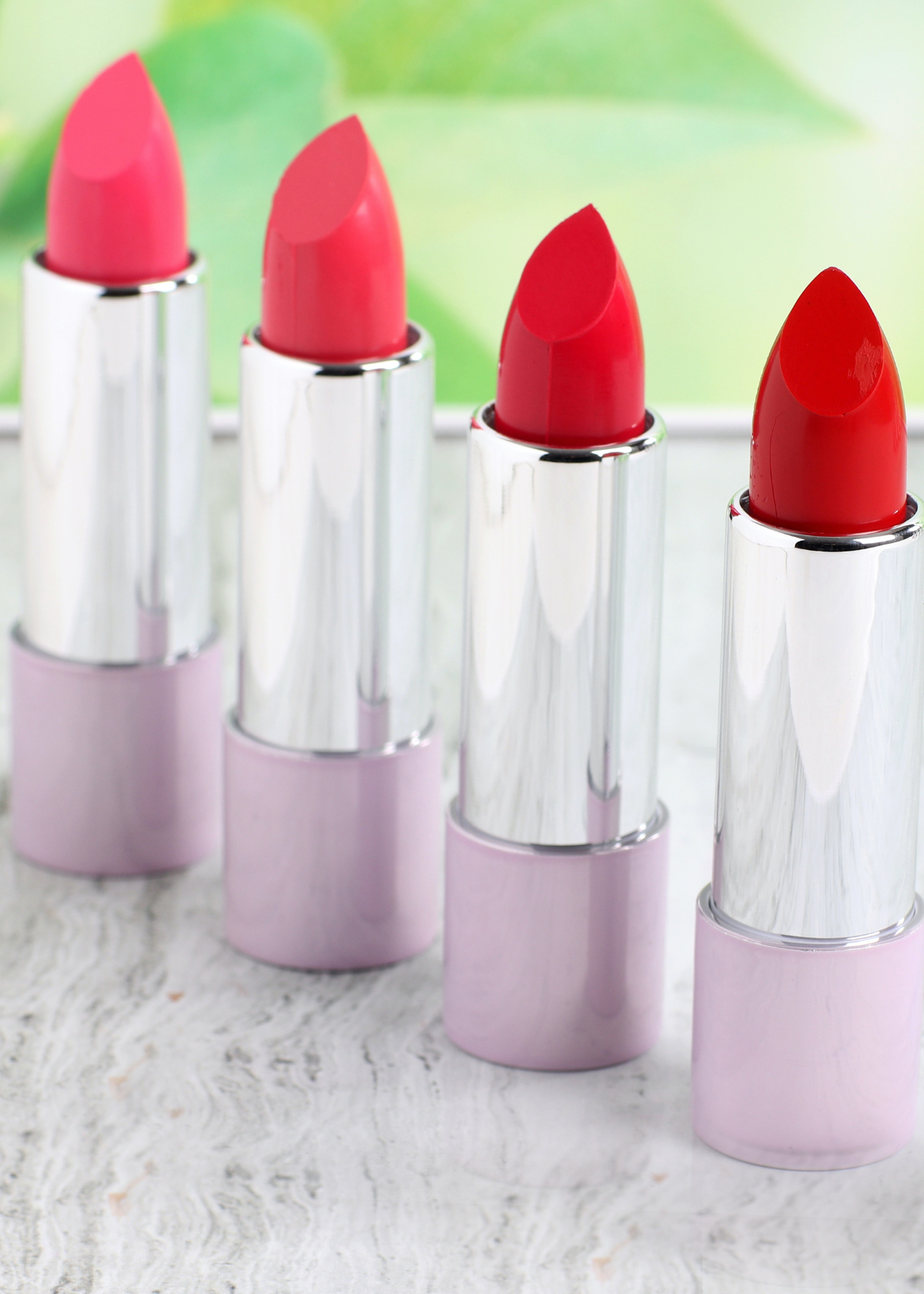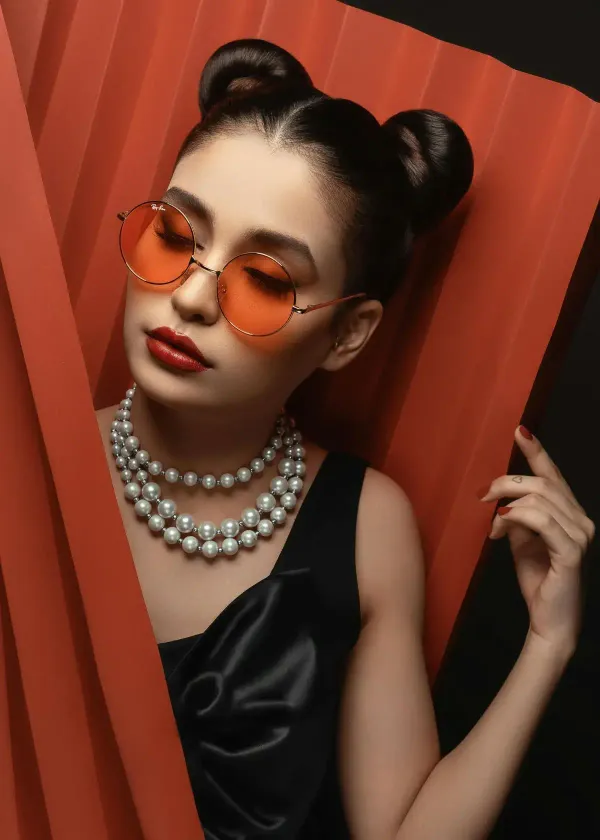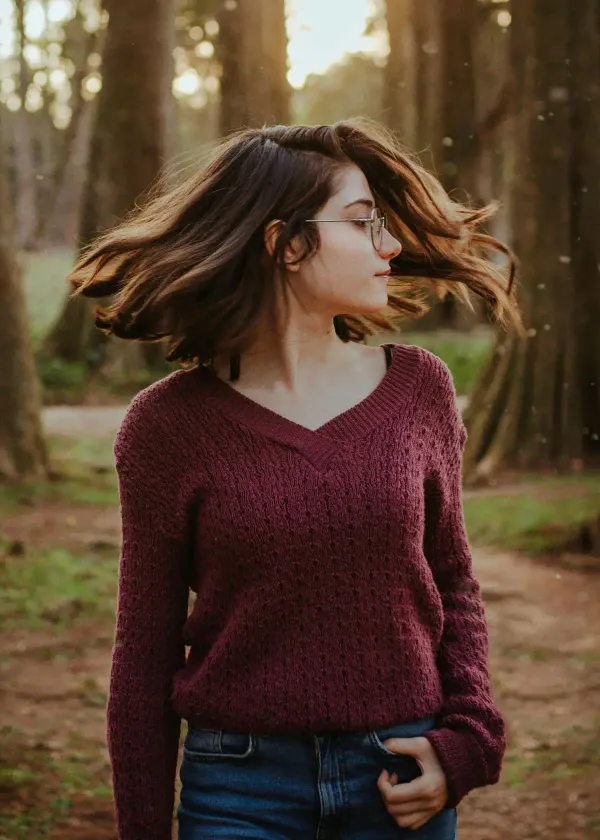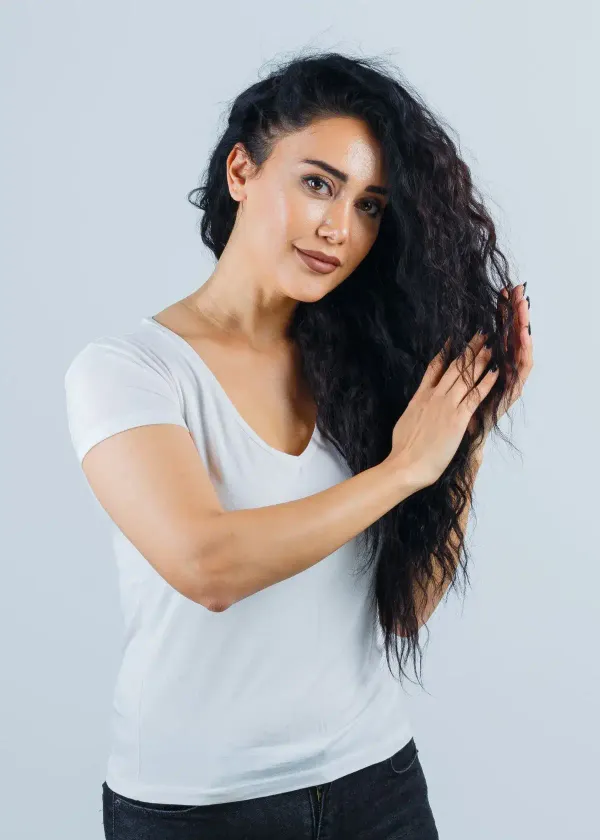Ladies, gents, and fellow lipstick enthusiasts, let's pucker up and talk about cruelty-free lipstick! Picture this: You're on a mission to find the perfect shade of red for your pout, but you also want to ensure that no animals were harmed in the making of your fabulous new lip color. Well, you're in luck because we've got the lowdown on everything you need to know about cruelty-free lipstick.
In this article, we'll not only reveal our top picks for the best cruelty-free lipsticks on the market, but we'll also dive into what it truly means to be cruelty-free and why it's important for both our furry friends and the environment. So, stick around and let's give those lips a guilt-free makeover!
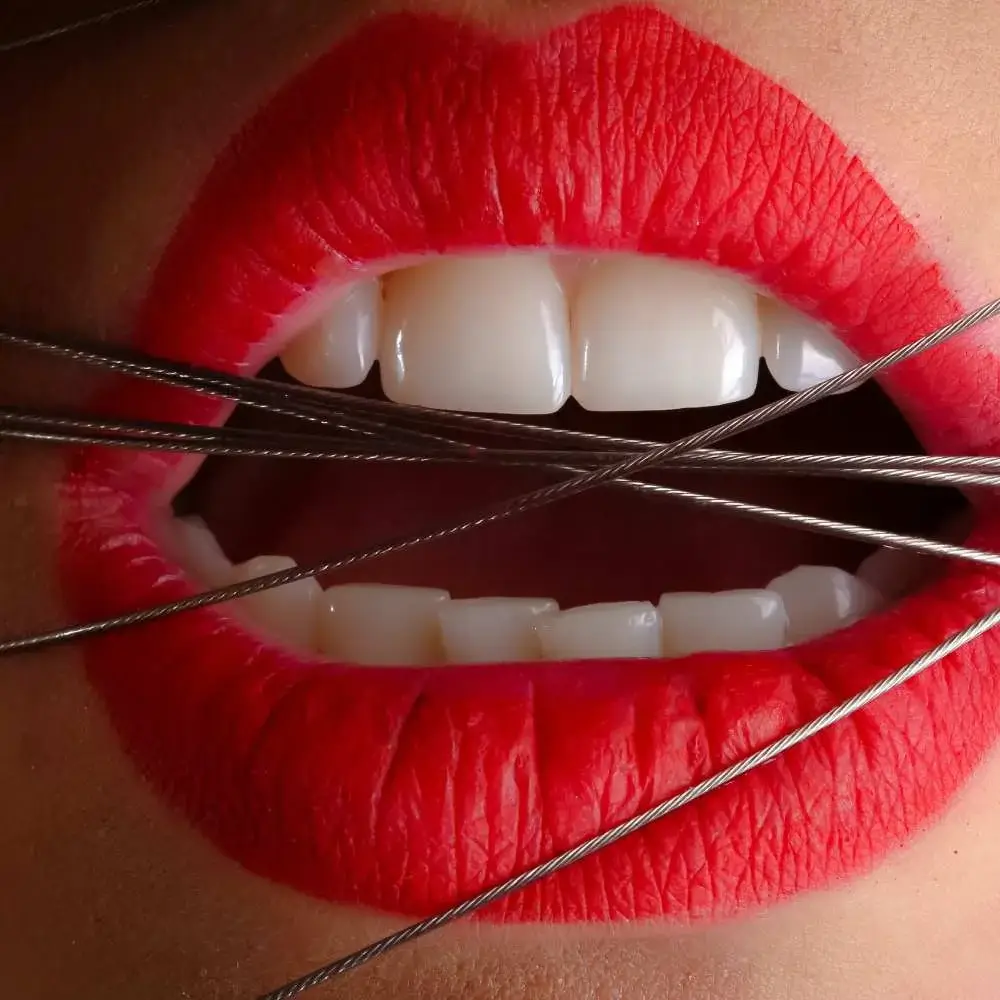
The Perks of Choosing Cruelty-Free Lipstick
Okay, let's be real - our lipstick collection is probably bigger than it needs to be. But have we ever paused and pondered the origin story of our luscious lip colors? I'm not talking about whether you snagged it from a fancy boutique or your local drugstore; the real question is - is your lipstick cruelty-free?
For animal adorers like us, opting for cruelty-free products is an obvious choice. But even if you're not head over heels for our furry friends, there are still oodles of reasons to switch to cruelty-free lipstick. Here are just a few tempting tidbits:
Skin-sational Benefits: Lipsticks laden with animal-based ingredients can be pretty harsh on our delicate skin, causing irritation and other pesky problems. Let's face it, nobody wants a pout full of hormones and other icky stuff!
Eco-Warrior Approved: With factory farming being a major pollution and habitat destruction culprit, choosing cruelty-free cosmetics helps you do your bit for Mother Earth.
Sleep Like a Baby: Knowing that no animals were tormented during the creation of your favorite lip color will give you a guilt-free conscience and sweet dreams every night.
The beauty world is brimming with fabulous cruelty-free brands, so there's no reason not to make the switch for your lipstick (and all your other cosmetics). Next time you're browsing the makeup aisles, don't forget to inquire about their cruelty-free status - your lips (and the animals) will be super grateful!
Tired of smearing your pout with animal by-products like carmine and collagen? Fed up with supporting the unkind practices of big-name cosmetic companies? Then, my friend, it's time to explore the fantastic world of cruelty-free lipstick! Made with natural ingredients that are gentle on your skin and kind to animals, these lipsticks let you play your part in making the world a better place.
So, what are you waiting for? Embrace the cruelty-free lifestyle and transform your makeup routine for good! See you on the ethical side!
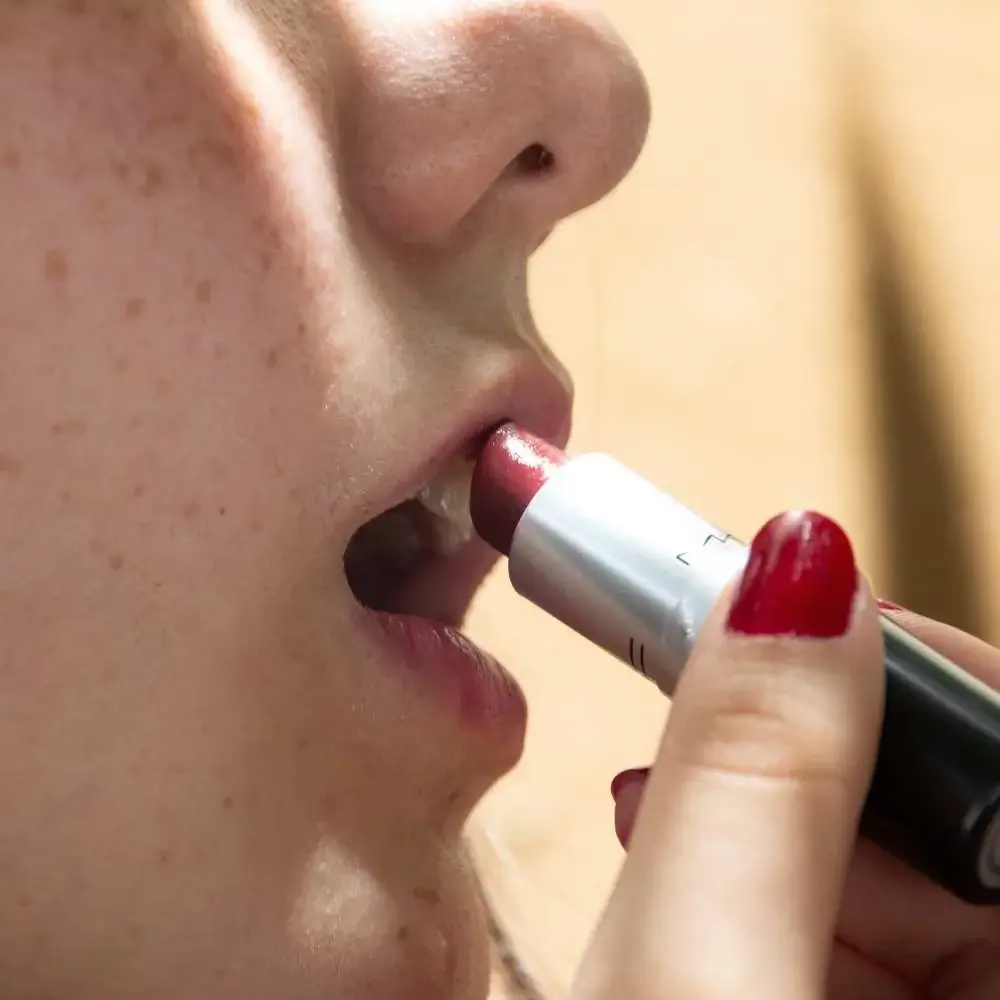
How to Identify and Choose the Right Brands
In recent years, cruelty-free lipstick has become a hot topic in the beauty industry. More and more people are becoming aware of the ethical implications of animal testing and are making a conscious effort to choose products that align with their values. So, how do you identify and choose cruelty-free lipstick brands?
The Importance of Certifications and Logos
When it comes to identifying cruelty-free lipstick brands, certifications, and logos play a crucial role. There are several organizations that issue certifications for cruelty-free products, and their logos can be found on the packaging of approved items.
One of the most well-known certifications is the Leaping Bunny logo, which is issued by the Coalition for Consumer Information on Cosmetics (CCIC). This certification guarantees that no animal testing was conducted during any stage of the product’s development.
Another notable certification is the PETA "Beauty Without Bunnies" logo. Products carrying this logo have been verified by PETA as not tested on animals and free from animal-derived ingredients.
Make sure to look for these logos on your lipstick packaging to ensure you're choosing a cruelty-free option.
Researching Brands and Company Policies
In addition to looking for certifications, it's essential to research brands and their company policies regarding animal testing. Many cruelty-free lipstick brands are transparent about their practices and will provide information on their websites about their commitment to cruelty-free production.
Take the time to read through a brand's policy on animal testing, and don't be afraid to reach out to them if you have questions or need clarification. By doing your research, you'll be able to make informed decisions about which cruelty-free lipstick brands align with your values.
Utilizing Cruelty-Free Apps and Online Resources
There are several helpful apps and online resources available to help you identify cruelty-free lipstick brands. These tools can make it easier to navigate the world of cruelty-free cosmetics and ensure you're making ethical choices.
Some popular apps include Cruelty Cutter and Bunny Free. These apps allow you to scan product barcodes or search for specific brands to check their cruelty-free status.
Additionally, websites like Leaping Bunny's Shopping Guide and PETA's Cruelty-Free Database offer comprehensive lists of cruelty-free brands, making it easy to find products that align with your values.
Reading Product Reviews and Recommendations
Another great way to discover cruelty-free lipstick brands is by reading product reviews and recommendations from others who are passionate about cruelty-free beauty. There are countless blogs, YouTube channels, and social media accounts dedicated to reviewing and recommending cruelty-free cosmetics.
By following these content creators and engaging with their communities, you'll be able to discover new cruelty-free lipstick brands, learn about product performance, and get insider tips on finding the best cruelty-free options.
Choosing cruelty-free lipstick involves a combination of checking for certifications and logos, researching company policies, utilizing helpful resources, and reading product reviews. By taking these steps, you can confidently select lipstick brands that align with your commitment to cruelty-free beauty.
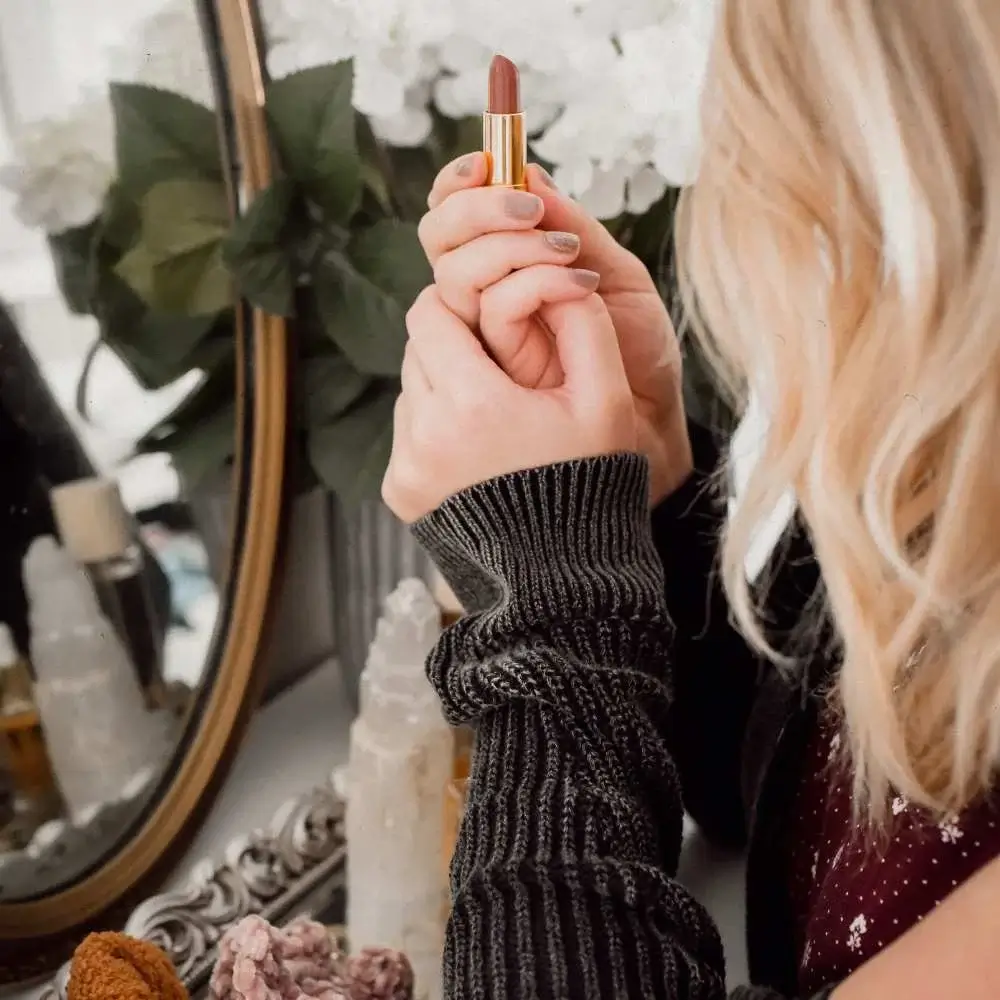
Making a Difference: The Impact of Supporting Cruelty-Free Lipstick and Cosmetics
Choosing to purchase cruelty-free lipstick and other cosmetics is more than just a personal preference; it's a powerful way to make a positive impact on the world. By supporting brands that prioritize ethical practices, we can collectively drive change in the beauty industry and beyond. Let's explore the many ways in which supporting cruelty-free cosmetics can make a difference.
Promoting Ethical Treatment of Animals
One of the most apparent benefits of supporting cruelty-free cosmetics is the promotion of ethical treatment for animals. By choosing to purchase cruelty-free lipstick and other makeup products, we send a strong message to the beauty industry that animal testing is not acceptable.
As consumer demand for cruelty-free options increases, more brands will be encouraged to adopt ethical practices, ultimately reducing the number of animals subjected to unnecessary testing.
Encouraging Innovation in Cosmetic Testing Methods
Supporting cruelty-free cosmetics also helps drive innovation in cosmetic testing methods. As the demand for ethical products grows, researchers are motivated to develop and refine alternative testing methods that do not involve animals.
These advancements not only benefit animals but also improve the overall safety and efficacy of cosmetic products, as newer testing methods often provide more accurate and reliable results than traditional animal testing.
Supporting Sustainable and Eco-Friendly Practices
Many cruelty-free brands are also committed to sustainable and eco-friendly practices. By choosing to purchase cruelty-free lipstick and other cosmetics from these brands, you're not only promoting animal welfare but also supporting efforts to reduce waste, lower carbon emissions, and minimize environmental impact.
This helps create a more sustainable future for both the beauty industry and our planet.
Raising Awareness and Inspiring Others
When you choose to support cruelty-free cosmetics, you're also helping to raise awareness about the importance of ethical practices in the beauty industry. By sharing your passion for cruelty-free lipstick and other products with friends, family, and social media followers, you can inspire others to make more conscious choices and contribute to the growing demand for cruelty-free alternatives.
Empowering Ethical Brands and Small Businesses
Lastly, by supporting cruelty-free cosmetics, you're empowering ethical brands and small businesses that prioritize animal welfare and sustainability. These companies often face challenges competing with larger, more established brands that may still rely on animal testing.
By choosing to purchase their cruelty-free lipstick and other products, you're not only helping these ethical brands grow but also sending a clear message to the rest of the industry about what consumers truly value.
Supporting cruelty-free cosmetics, including cruelty-free lipstick, is a powerful way to make a positive impact. By making conscious choices and promoting ethical practices, we can drive change in the beauty industry and create a more compassionate, sustainable future for all.
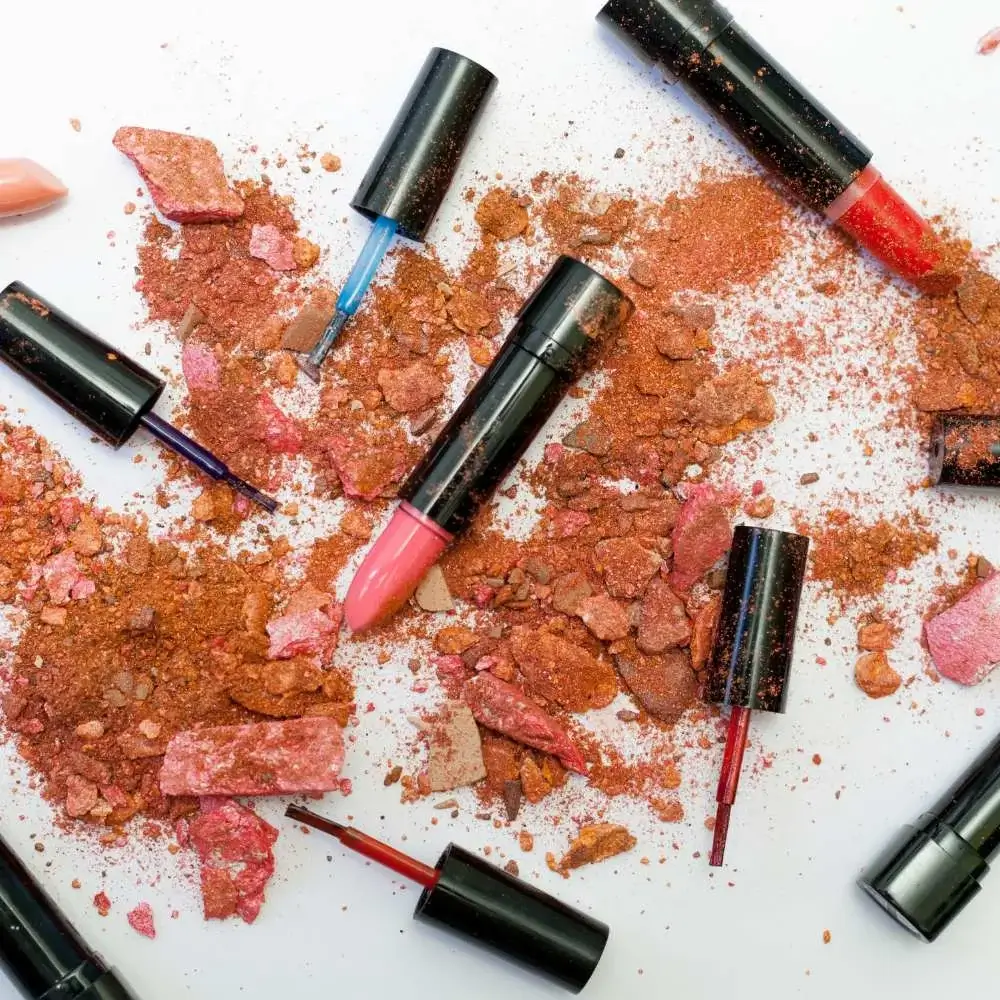
The Cruelty-Free Movement in the Beauty Industry
Cruelty-free lipstick has become a buzzword in today's beauty industry. As more consumers become conscious of the ethical implications of their purchasing decisions, the demand for cruelty-free products is on the rise. Let's dive into the cruelty-free movement in the beauty industry and understand what it means for both consumers and brands alike.
A Shift in Consumer Values
The growing concern for animal welfare and the environment has led to a shift in consumer values. People are increasingly seeking out cruelty-free options, not only for lipsticks but also for other makeup and skincare products. This change in consumer preferences has driven the beauty industry to reevaluate its practices and adopt more ethical standards.
As a result, we're witnessing a surge in the number of brands that are proudly embracing the cruelty-free label, making it easier than ever for consumers to find products that align with their values.
Brands Embracing the Movement
Many well-known beauty brands have taken the plunge and adopted cruelty-free practices. For example, Tarte Cosmetics, Anastasia Beverly Hills, and Kat Von D Beauty are just a few of the big names in the industry that have chosen to produce cruelty-free lipstick and other cosmetics.
These brands not only refrain from animal testing but also often use vegan-friendly ingredients, ensuring that their products have minimal impact on animals and the environment.
The Role of Certifications and Organizations
Organizations like Leaping Bunny and PETA play a significant role in promoting the cruelty-free movement within the beauty industry. By providing certifications and maintaining databases of cruelty-free brands, these organizations help consumers make informed choices when shopping for beauty products.
Furthermore, they work closely with brands to ensure that their practices adhere to cruelty-free standards, fostering a sense of trust and transparency between consumers and companies.
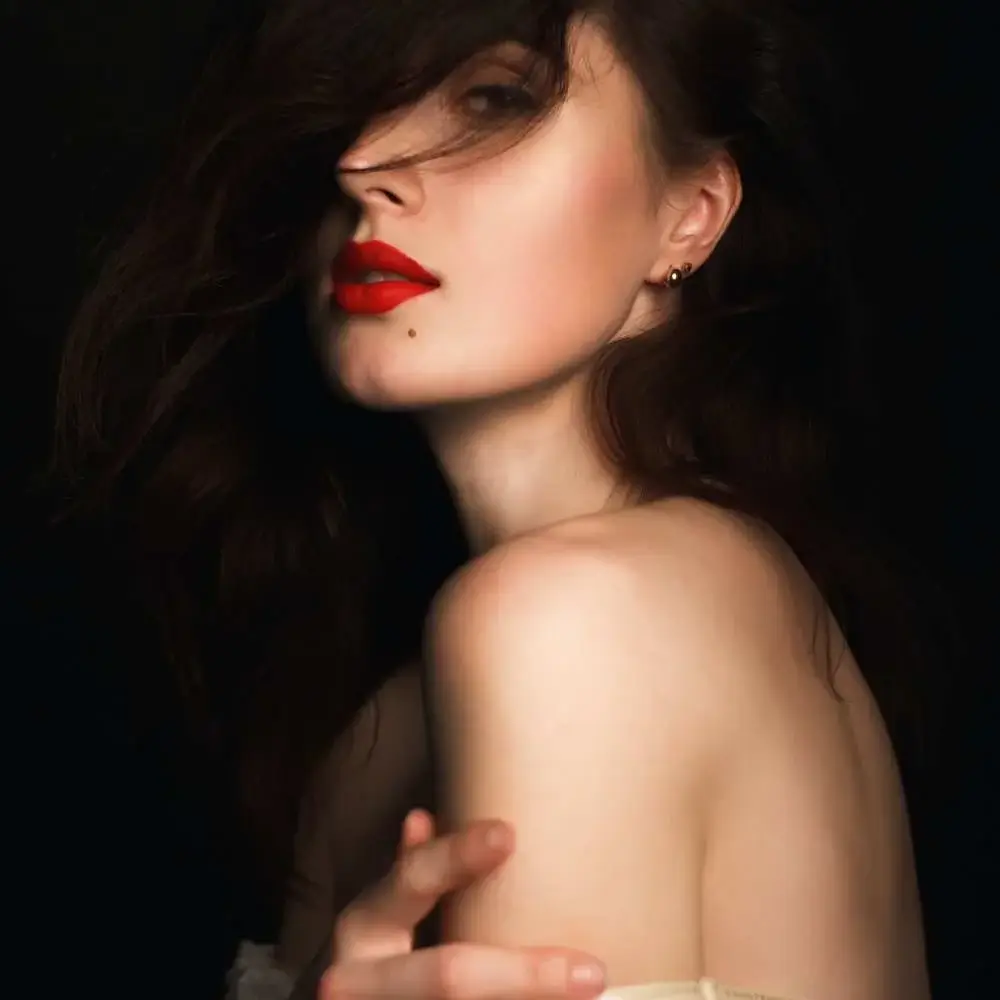
The Impact of Social Media and Influencers
Social media and influencers have also played a crucial role in promoting the cruelty-free movement. Beauty bloggers, YouTubers, and Instagram influencers who are passionate about cruelty-free and vegan beauty often share their favorite products, tips, and brand recommendations with their followers.
By leveraging their platforms to raise awareness about cruelty-free lipstick and other ethical beauty products, these influencers are helping to drive the demand for cruelty-free alternatives and encouraging more brands to adopt ethical practices.
Looking Ahead: The Future of Cruelty-Free Beauty
As the cruelty-free movement continues to gain momentum, we can expect to see even more brands embracing ethical practices and offering cruelty-free options. In turn, this will lead to increased innovation in product formulations and the development of more eco-friendly, sustainable alternatives to traditional cosmetics.
The cruelty-free movement in the beauty industry is a testament to the power of consumer preferences and the growing awareness of ethical concerns. By supporting brands that produce cruelty-free lipstick and other cosmetics, we can continue to drive positive change in the industry and pave the way for a more compassionate and sustainable future.
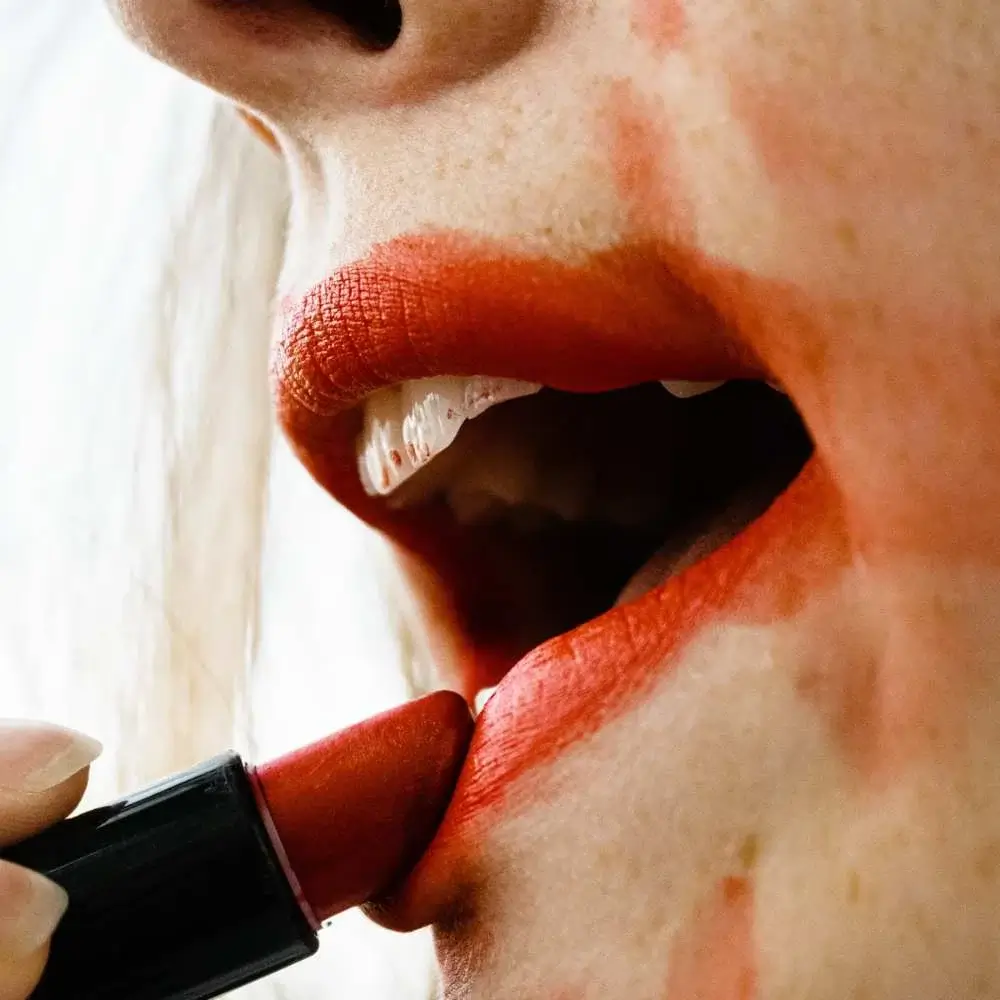
Must-Know FAQs about Cruelty-Free Lipstick
What does cruelty-free lipstick mean?
In a nutshell, it means that your luscious lip color is created without any harm to our furry friends. That's right - no animal testing or animal-derived ingredients like carmine or collagen are involved in the making of these compassionate cosmetics. So, when you swipe on that cruelty-free shade, you're not only rocking a gorgeous pout but also giving our animal pals a big virtual hug. Now, isn't that a beautiful way to make a statement? Wink, wink!
How can I identify if a lipstick is cruelty-free?
Keep your eyes peeled for labels or logos from reputable organizations like Leaping Bunny, PETA, or Choose Cruelty-Free. These little symbols are like a secret handshake between you and the cruelty-free world. But wait, there's more! You can also do some detective work by visiting the brand's website or reaching out to their customer service for information on their animal testing policies. So, go forth, and let your lips do the talking by choosing cruelty-free lipstick that'll make both your pout and the animals smile!
Are cruelty-free lipsticks vegan?
So, here's the tea: while all vegan lipsticks are cruelty-free (yay!), not all cruelty-free lipsticks are vegan (boo!). I know, it's a bit of a plot twist. Cruelty-free means no animal testing, but some of these lipsticks might still contain animal-derived ingredients like beeswax or lanolin. On the other hand, vegan lipsticks are like the superheroes of the makeup world, saving animals by being both cruelty-free and free of any animal-derived ingredients. So, if you're looking for that perfect combo, make sure to double-check the label or do some sleuthing online to find your dream vegan and cruelty-free lipstick.
Do cruelty-free lipsticks have the same quality as other lipsticks?
Cruelty-free lipsticks are not only kind to our animal buddies but also boast the same fabulous quality as their non-cruelty-free counterparts. In fact, many cruelty-free lipsticks are infused with nourishing plant-based ingredients that'll make your lips feel like they've had a day at the spa! Plus, with a diverse range of colors, finishes, and textures, there's no need to compromise on style or performance – these lipsticks have got it all! So, go ahead and indulge in some guilt-free glam because when it comes to cruelty-free lipsticks, you're definitely not missing out on any of the fabulousness.
Can I find cruelty-free lipstick in all color ranges and finishes?
Oh, absolutely! The world of cruelty-free lipstick is like a kaleidoscope of colors and finishes, just waiting to be explored. Whether you're on the hunt for that perfect red, a flirty pink, or even a daring blue, there's a cruelty-free lipstick out there for every shade under the sun. And let's not forget the finishes—matte, glossy, satin, metallic, you name it! These compassionate cosmetics have got you covered for every mood, occasion, and outfit. So, go ahead and let your inner makeup artist run wild, because when it comes to cruelty-free lipsticks, the sky's the limit!
Are cruelty-free lipsticks more expensive than regular ones?
Now, you might think that cruelty-free lipsticks come with a hefty price tag, but that's not always the case. The truth is, there's a lovely variety of cruelty-free options to suit every budget, from drugstore gems to high-end treasures. So, whether you're pinching pennies or ready to splurge, you can find a cruelty-free lipstick that won't break the bank. Plus, knowing that your gorgeous pout is helping our furry friends makes it worth every cent, don't you think? So, get ready to shop guilt-free and flaunt that fabulous, compassionate smile!
Read our article about best matte lipstick here!


